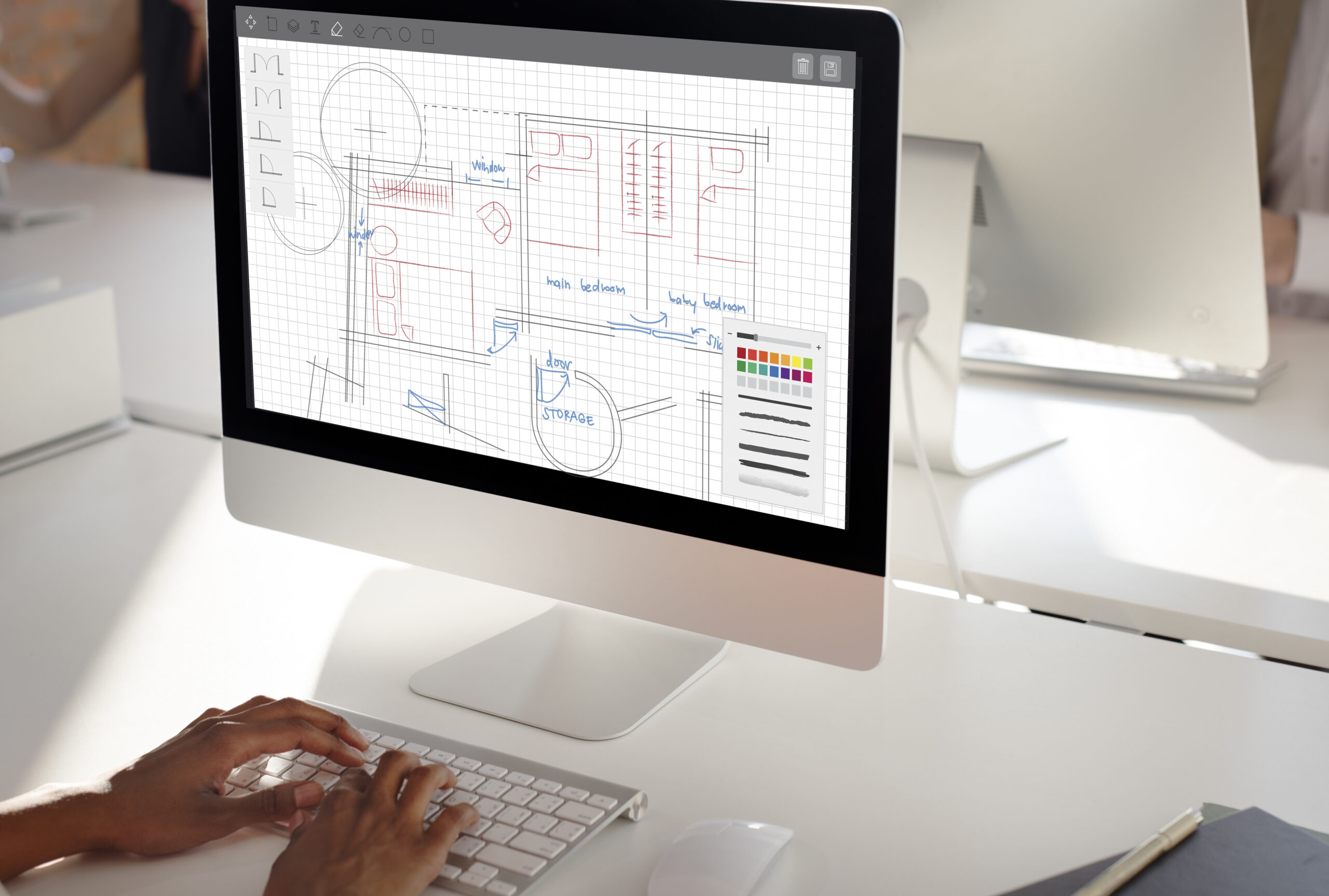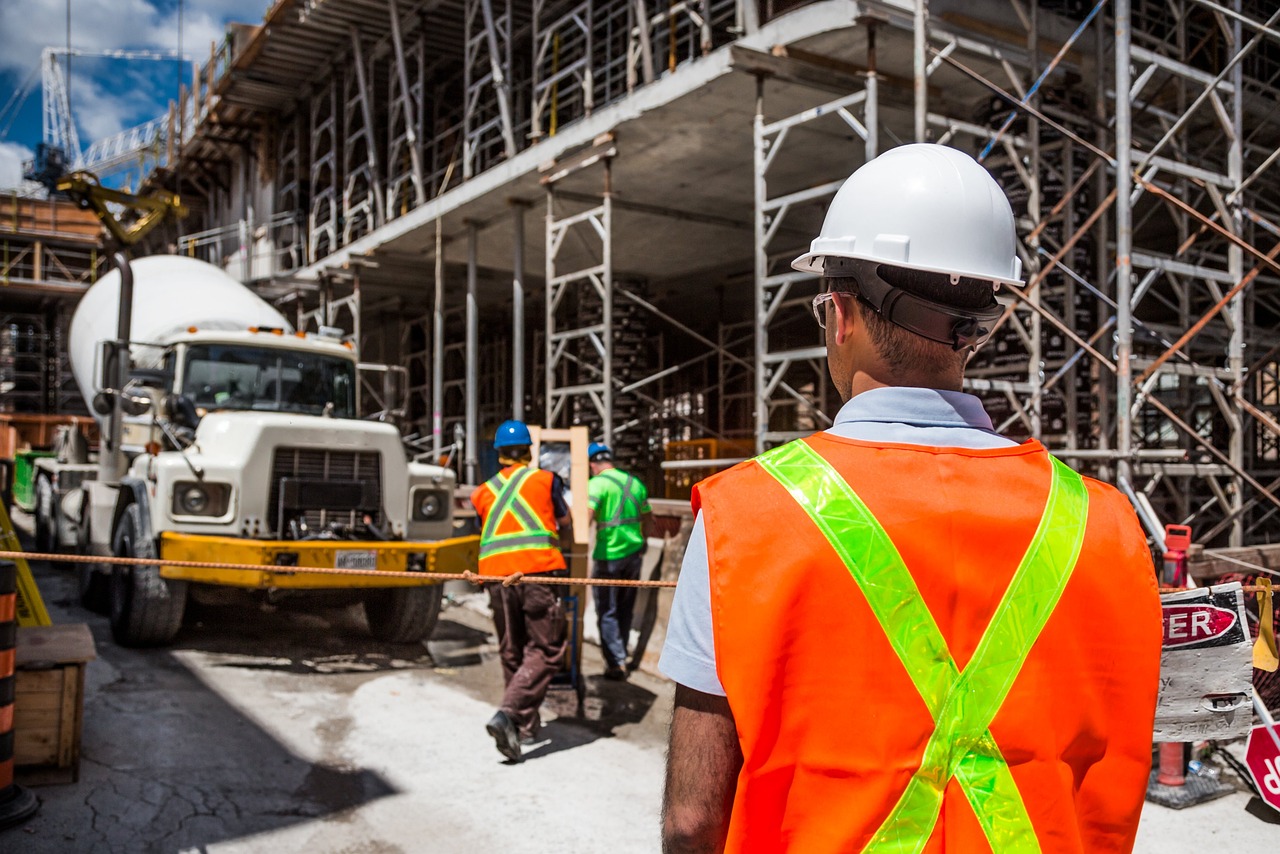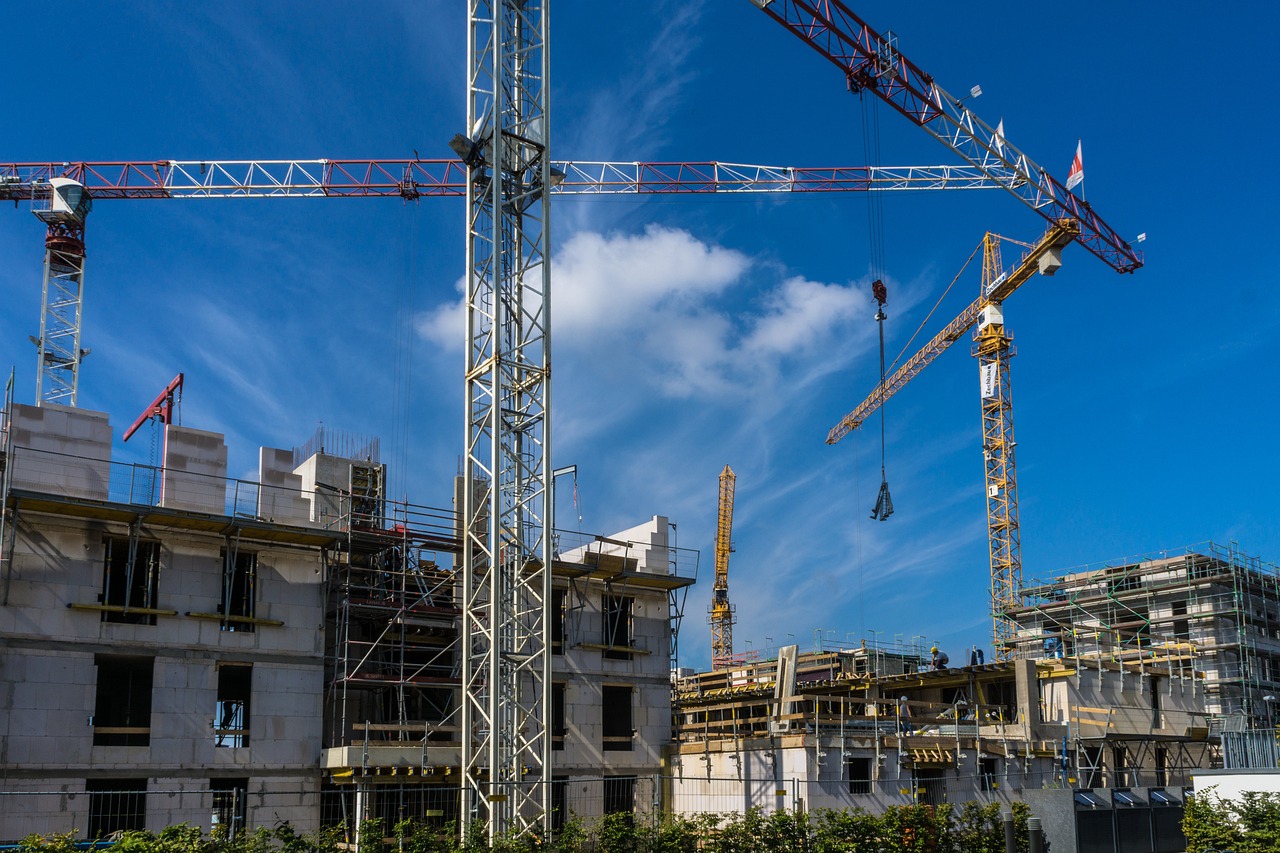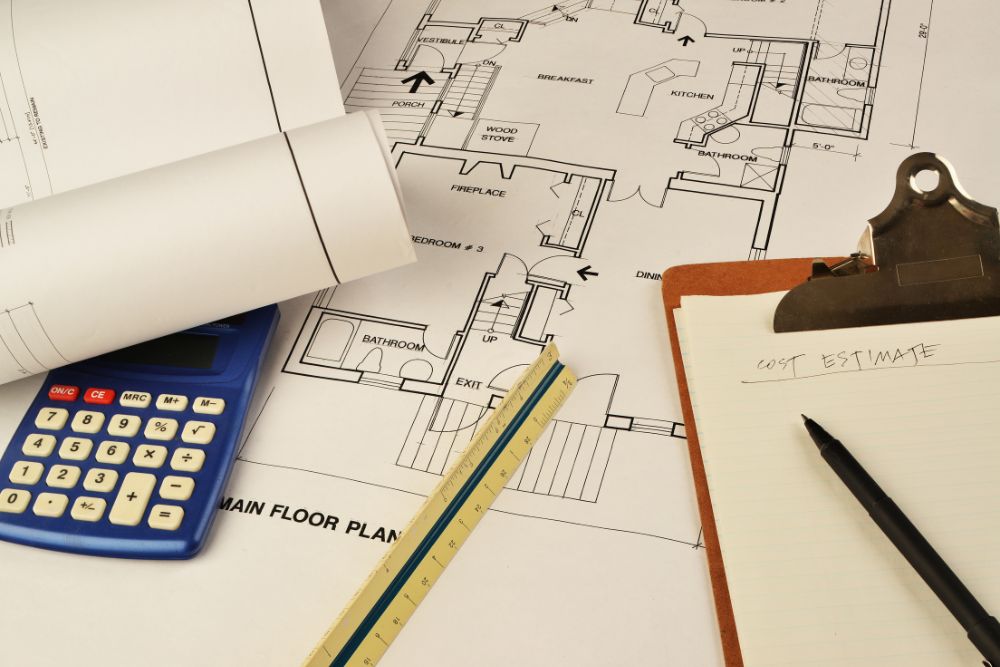Understanding “What is the Preconstruction Data Lifecycle?” is essential for the successful completion of construction projects. Before construction begins, teams plan, estimate, schedule, and coordinate numerous details. The Preconstruction Data Lifecycle (PDL) helps manage all this information from project initiation to completion.
Simply put, it’s the process of collecting, organizing, and using data to make better decisions. With new technology, PDL enables faster work, reduces errors, and enhances project outcomes.
In this guide, we’ll explain how the Preconstruction Data Lifecycle works, why it matters, and how it’s changing modern construction.
What Is the Preconstruction Data Lifecycle?
Preconstruction Data Lifecycle is the journey of data throughout a construction project. It starts when the project is just an idea. Then, it continues through design, planning, preconstruction, and finally, project closeout.
This lifecycle helps ensure that data is captured, analyzed, shared, and used effectively. It supports better and more informed decision-making at every stage. By transforming raw information into actionable insights, teams can minimize errors and enhance accuracy. They can also plan projects more efficiently and predict outcomes with greater confidence.
In today’s competitive construction world, PDL is not just an option. It’s a powerful advantage that can define a project’s success.
Evolution of Preconstruction Technology
To understand what is the Preconstruction Data Lifecycle, it helps to look at how construction technology has grown over time.
In the past, estimators used to work by hand. They did takeoffs on paper and used spreadsheets for budgets. Data was stored in different places, which made communication slow and mistakes more likely.
Now, technology has completely changed the process. Estimating and project management software handle many tasks automatically. Tools like BIM, cloud platforms, and integrated systems make it easier to view designs, track costs, and share updates in real time.
Today, the Preconstruction Data Lifecycle takes this progress even further. It manages data from start to finish. As a result, teams can plan more effectively, make fewer errors, and continue to improve with every project.
Challenges in the Preconstruction Phase
While the benefits of PDL are clear, implementing it is not without challenges. Estimators and preconstruction teams often face three major hurdles:
- Lack of Data: In many cases, teams lack sufficient historical or project-specific data to make informed decisions.
- Lack of Access: Even when data exists, it is often scattered across multiple systems, making it difficult to retrieve and use efficiently.
- Time Costs: Mining, organizing, and analyzing data manually can be extremely time-consuming, slowing down preconstruction efforts and increasing the risk of errors.
Many estimating programs generate data but fail to provide tools for tracking, analyzing, or taking action based on it. Without proper lifecycle management, the value of this data is lost.
Key Phases of the Preconstruction Data Lifecycle
The Preconstruction Data Lifecycle can be broken down into five main phases, each of which flows naturally into the next:
1. Data Collection
The first phase involves gathering all relevant information. This includes historical project data, design requirements, regulatory standards, and input from stakeholders. Accurate data collection is crucial because every decision in the subsequent stages relies on it.
2. Data Analysis
After collecting data, the next step is to sift through it. This involves identifying trends, risks, and opportunities. For example, analyzing past projects may reveal which construction methods are most cost-effective or which suppliers are reliable.
The more deeply data is analyzed, the more valuable insights can be extracted, allowing teams to plan with confidence.
3. Data Utilization
Once data has been analyzed, it must be applied to real project decisions. This includes budgeting, scheduling, material selection, and resource allocation. Teams can also use simulations to test scenarios and identify the best approach, ensuring decisions are backed by evidence rather than guesswork.
4. Data Sharing
Insights are only helpful if they reach the right people. In this phase, data is shared with all stakeholders, including architects, engineers, contractors, and clients. Transparent communication enhances collaboration, minimizes misunderstandings, and ensures the project stays on track.
5. Data Feedback
The final phase involves reviewing the data after the project is completed. Lessons learned from successes and challenges inform future projects, creating a continuous cycle of improvement. By connecting the dots from start to finish, teams can refine their processes and improve future estimations.
How PDL Transforms Estimating Efforts
Preconstruction data lifecycle software fundamentally changes the way estimating works:
- Unified Access: Instead of using scattered files or separate tools, PDL platforms store everything in one place. This saves time and reduces mistakes.
- Deep Analysis: Estimators can easily track and review project data from start to finish. This helps them make more accurate predictions and gain a better understanding of project trends.
- Cross-Project Insights: Teams can compare similar projects across different areas of focus. This helps them adjust for local differences in labor, materials, and costs.
- Improved Turnaround: With well-organized and accessible data, estimators can prepare bids faster. They can respond quickly without losing accuracy.
- Higher Project Wins: Better and faster estimating builds trust with clients. It also increases the chances of winning more bids.
In short, PDL makes estimating smarter, faster, and more reliable.
 Tools That Support the Preconstruction Data Lifecycle
Tools That Support the Preconstruction Data Lifecycle
Managing the Preconstruction Data Lifecycle (PDL) is easier with the right tools. These tools enable teams to collect, analyze, and utilize data efficiently. They also reduce mistakes and improve project planning.
Building Information Modeling (BIM)
BIM creates a 3D digital model of the project. Teams can see the design clearly, coordinate more effectively, and identify problems before construction begins. This helps save time and avoid errors.
Estimating Software
Estimating software calculates costs using past project data and current market prices. It makes budgets more accurate and saves time on manual calculations.
Project Management Platforms
Platforms like Procore or PlanGrid organize schedules, assign tasks, and store documents in a single location. Everyone can access the latest updates, which improve teamwork and keep projects on track.
Data Analytics Tools
Data analytics tools analyze project information to identify trends, risks, and opportunities. They help teams identify issues early and make more informed decisions.
Cloud-Based Collaboration Tools
Cloud platforms let teams work on the same project from anywhere. Updates happen in real time, making communication faster and easier.
Artificial Intelligence (AI) Tools
AI tools can predict costs, optimize schedules, and find risks. They analyze large amounts of data quickly, enabling teams to make more informed decisions.
Using these tools together makes the Preconstruction Data Lifecycle smoother. Teams can plan more effectively, reduce errors, and make faster, more informed decisions.
How the Preconstruction Data Lifecycle Impacts the Entire Industry
The benefits of the Preconstruction Data Lifecycle (PDL) go far beyond individual projects. When implemented effectively, it can transform how construction companies operate and deliver results.
1. Better Decision-Making
With organized and accurate data, teams can make informed choices at every stage of a project. This reduces mistakes, prevents delays, and leads to better overall outcomes.
2. Enhanced Collaboration
PDL encourages smoother communication between preconstruction, design, and operations teams. When everyone has access to the same data, coordination improves, and misunderstandings are minimized.
3. Improved Infrastructure and Quality
Accurate planning and budgeting supported by PDL result in higher-quality construction. Projects are built more efficiently, with fewer errors and delays, ultimately creating stronger and more reliable structures.
4. Shifting Perceptions of Preconstruction
Preconstruction is no longer just about estimating numbers. With PDL, it becomes a strategic phase that adds real value. Teams can see how early decisions impact the entire project and make improvements accordingly.
By adopting the Preconstruction Data Lifecycle, companies can significantly improve project outcomes. It helps them plan better and avoid costly mistakes. Moreover, it elevates the role of preconstruction within their organization. Teams become more strategic and data-driven in every step.
Looking Ahead: The Future of Preconstruction Data Lifecycle
The future of construction is becoming more data-driven. As Preconstruction Data Lifecycle (PDL) adoption grows, teams can work smarter and faster. Key advancements include:
- Real-Time Data Access: Teams can view and update project data anytime. They can work from anywhere and stay connected easily.
- Cross-Department Collaboration: Preconstruction, design, and operations teams can share information quickly. This improves teamwork and reduces confusion.
- Predictive Analytics: AI and machine learning enable the prediction of costs, timelines, and risks. This makes planning more accurate and efficient.
- Faster Project Execution: Organized data keeps everything on track. It reduces delays and improves project efficiency.
- More Thoughtful Decision-Making: Clear insights from each project stage enable teams to make better choices. It supports success from start to finish.
By adopting PDL, companies can lead the industry, delivering projects more accurately, efficiently, and successfully.
FAQs
What Is The Pre-Construction Process?
The pre-construction process is the stage of planning that occurs before building begins. It includes making budgets, schedules, and designs. Teams also assess risks and prepare everything to ensure the project runs smoothly.
How Does PDL Improve Estimating?
PDL makes estimating more accurate by using real project data. It helps estimators compare past jobs, check prices, and find patterns. This way, estimates are faster, wiser, and more reliable.
What Does The Data Lifecycle Include?
The data lifecycle encompasses steps such as collecting, analyzing, using, sharing, and reviewing data. It helps teams transform raw information into actionable insights for informed decision-making.
Can Small Construction Companies Use PDL?
Yes, small companies can also use PDL. They can start with simple software to store and track project data. This helps them save time, reduce mistakes, and work more efficiently.
What Are The Three Main Goals Of Data Lifecycle Management?
The primary objectives are to maintain data organization, accuracy, and value. It helps teams store information properly, making it easy to find. It also ensures that all data is correct and up to date. Lastly, it enables teams to learn from past projects and improve in future ones. These steps make work faster and more efficient.
Conclusion
Understanding What is the Preconstruction Data Lifecycle? Helps make construction projects easier and more successful. It connects every step, from planning to completion, using clear and accurate data.
With tools like BIM, AI, and estimating software, teams can plan better, avoid mistakes, and save time. It also helps keep projects on budget and organized. As construction becomes increasingly digital, this process enables companies to work smarter and achieve better results.
If you want accurate Preliminary estimating services and smooth planning, Prime Estimation is here to help. Our experts utilize modern tools to streamline your projects, making them faster and more efficient.
Contact Prime Estimation today to make your next project faster, more innovative, and more cost-effective. Our experts will help you plan more effectively and achieve outstanding results!


 Tools That Support the Preconstruction Data Lifecycle
Tools That Support the Preconstruction Data Lifecycle









